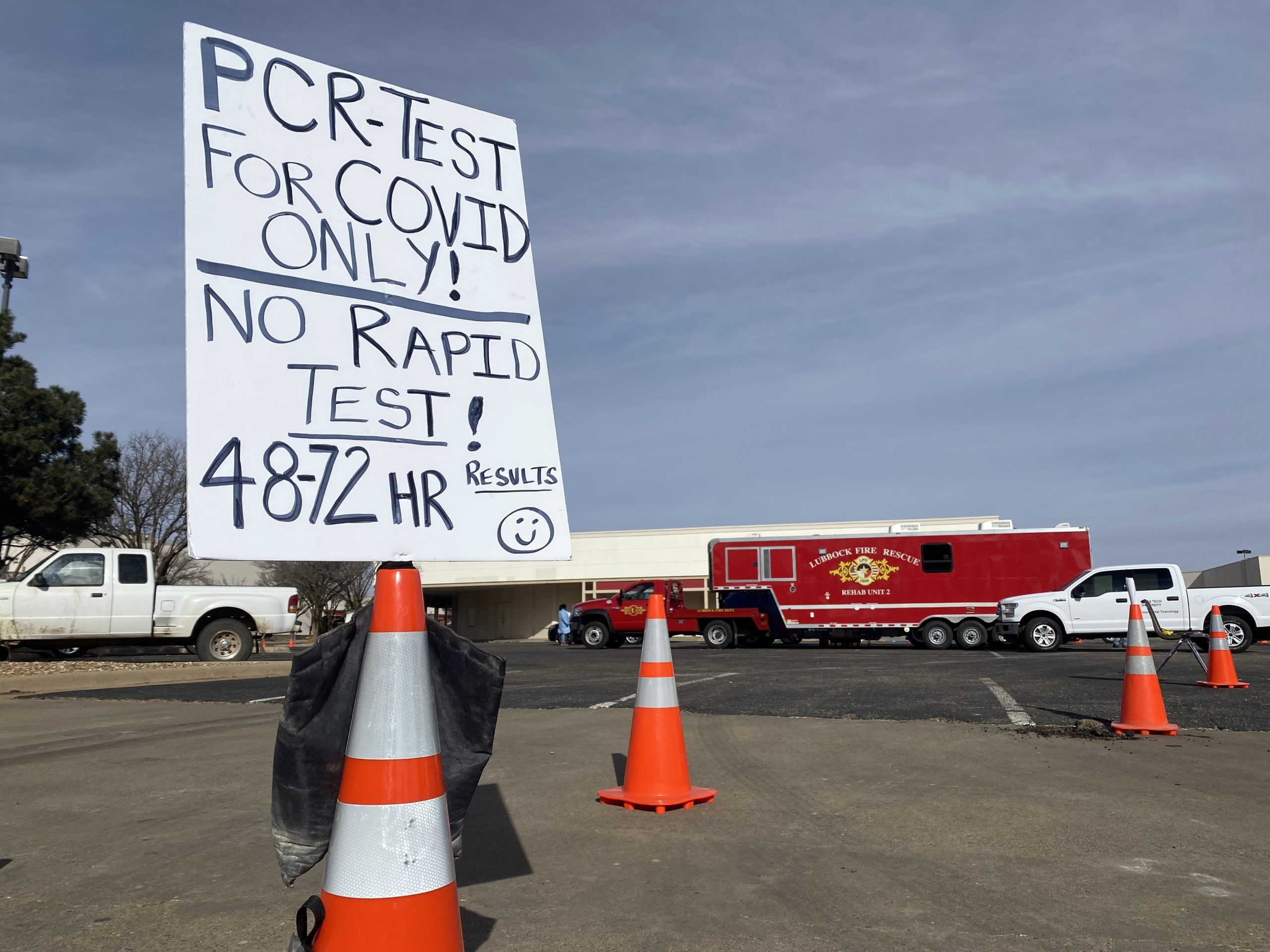Tyler Wood got out of quarantine on Monday. The clinical pharmacy supervisor for Covenant Health described the symptoms he experienced.
“I had some sniffles…I didn’t think it was COVID. I am fully vaccinated, had the booster,” he said. “And then lo and behold, it was COVID.”
Wood returned to work the same day Lubbock’s new COVID case count hit an all-time high – 813 new infections. Prior to that, the highest number of cases confirmed in a day was back in November 2020, with 670.
“This week is when we saw the biggest eye opening, you know, here we go again, moment,” Wood said.
Cities and counties across Texas are in the same boat. This week San Antonio Metropolitan Health reported one of the highest single day increases ever seen for Bexar County.
In Lubbock, Wood said it’s taking a toll on the hospital.
“We’ve got less staff,” he said, recalling that travel and agency nurses were brought in to alleviate the strain during previous waves, but then they were sent home. “Now we’re having to bring them back because we don’t have enough nurses to staff our beds.”
That’s a problem in hospitals all over the state.
Bill McKeon, chief executive officer of Texas Medical Center in Houston, said normally the number of staff out would range from tens to a couple hundreds. Now, they’re seeing several thousand.
“It is the largest amount of employees we’ve ever seen out,” McKeon said.
It’s happening as more people are showing up at the hospital. Last week, Texas Medical Center’s average daily COVID-19 hospitalizations nearly doubled from 201 people a day to 401. On Tuesday, officials in Austin said hospital admissions increased 135%. And Dallas’s Parkland hospital just opened a third ward for COVID patients.
“It’s been the largest surge ever,” McKeon said. “And we’ve been at this now, almost two years.”
So far, omicron seems to be less severe than previous COVID strains. McKeon explained that it’s hitting people differently.
Unlike the previous variants, he said, omicron attacks the upper airways– the throat, nose and mouth. Meanwhile, the lower respiratory system seems to be more resistant to omicron than it was for delta.
“So we’re seeing far fewer patients, for example, having pneumonia, needing to be put on respirators,” McKeon said.
Which translates into fewer patients filling the intensive care units for long periods of time. There’s a caveat, however.
“The difficult thing about omicron is because it’s in your upper airways system, it’s much more transmissible.”
More transmission means omicron-related staffing shortages in hospitals – and beyond – could be a problem for weeks.














